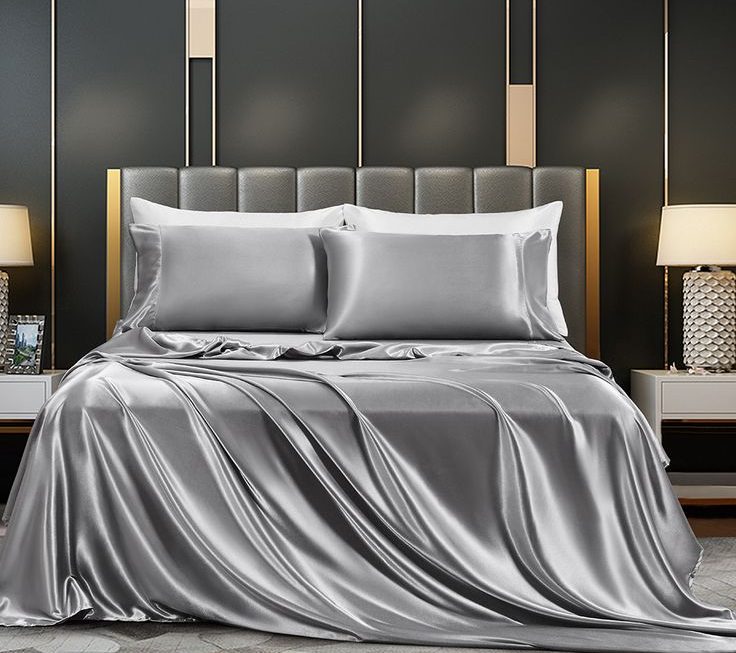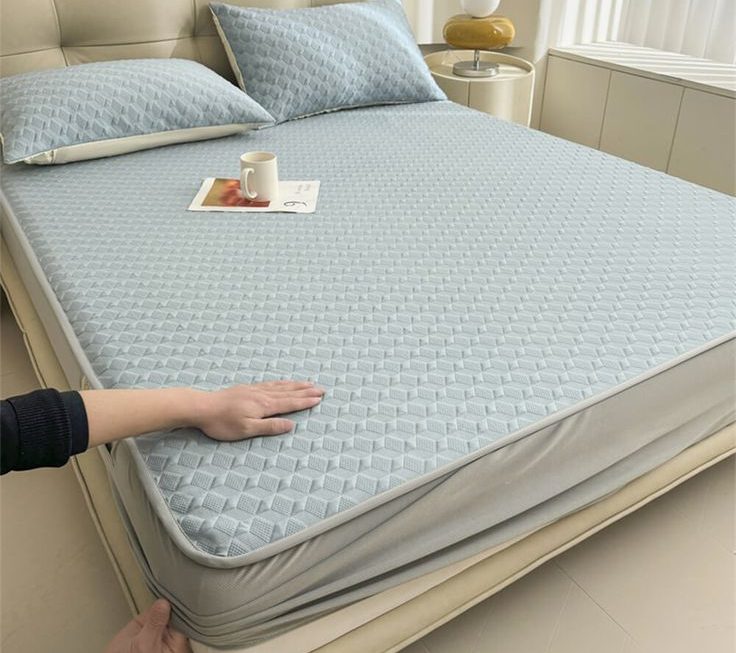How often should you replace carpet
Carpet adds warmth, comfort, and style to your home. However, like any other household item, it wears down over time. Knowing when to replace your carpet can save you money and health complications in the long run. Here’s a comprehensive guide to help you determine when it’s time for a new carpet.
 Assessing Your Carpet’s Condition
Assessing Your Carpet’s Condition
How often should you replace carpet
Before diving into specific timelines, it’s crucial to assess your carpet’s condition. Several factors contribute to its lifespan, making a one-size-fits-all approach unreliable. Here are key areas to consider:
1. Foot Traffic
High-traffic areas, like hallways, living rooms, and stairs, experience more wear and tear than bedrooms or spare rooms. Carpets in these zones will show signs of wear sooner and may need replacement more frequently.
2. Carpet Material
Different carpet fibers possess varying levels of durability. Natural fibers like wool tend to last longer than synthetic fibers like nylon, though they are also more expensive.
- Wool: Known for its resilience and natural stain resistance, wool carpets can last 10-20 years with proper care.
- Nylon: Offers excellent durability, stain resistance, and affordability, making it a popular choice. Expect a lifespan of 8-15 years.
- Polyester: Known for its softness and resilience, polyester carpets can last 5-10 years.
- Olefin: Highly resistant to stains and fading, olefin carpets are durable and budget-friendly. They typically last 5-10 years.
3. Carpet Padding
Padding provides cushioning and insulation, protecting your carpet from wear and tear. High-quality padding can extend the life of your carpet significantly. Consider replacing your padding every 5-10 years, regardless of your carpet’s age.
4. Maintenance Practices
Regular vacuuming, spot cleaning, and professional carpet cleaning can significantly extend the lifespan of your carpet. Neglecting these practices can lead to premature wear and tear, necessitating an earlier replacement.
Some of the current carpet trends:
Color & Pattern:
- Earthy tones: Warm neutrals like beige, brown, and gray are popular for their calming and timeless appeal. They create a cozy and inviting atmosphere.
- Bold colors: If you’re looking for a statement, consider vibrant colors like deep blues, rich reds, or emerald greens. They can add personality and energy to a room.
- Geometric patterns: Abstract patterns, stripes, and chevrons add visual interest and can be used to create different zones within a room.
- Floral designs: From classic to modern, floral patterns bring a touch of nature indoors.
Materials & Textures:
- Natural fibers: Wool, jute, and sisal are gaining popularity for their durability, sustainability, and natural beauty.
- High-pile carpets: These create a luxurious and plush feel underfoot. They’re especially comfortable in bedrooms and living rooms.
- Low-pile carpets: These are durable and easy to clean, making them a good choice for high-traffic areas like hallways and kitchens.
- Textured carpets: Adding texture, such as loops, frieze, or cut-pile, can add depth and visual interest to a room.
Other Trends:
- Sustainable carpets: More consumers are seeking carpets made with recycled materials or with low environmental impact.
- Custom carpets: People are increasingly opting for custom-designed carpets to reflect their personal style and create a unique look.
- Carpet tiles: These are modular and can be easily installed and rearranged, making them a practical option for both homes and offices.
Remember:
- Consider your lifestyle: Think about how much foot traffic the carpet will receive and how easy it needs to be to clean.
- Choose a color and pattern that complements your existing furniture and décor.
- Don’t be afraid to experiment! Carpet trends are constantly evolving, so there’s plenty of inspiration to draw from.
Carpet trends are just a starting point, and there are many other options available. It’s important to find a carpet that you love and that meets your needs.
When to Replace Your Carpet: Specific Signs
While a general timeline exists, certain signs indicate your carpet has reached its end of life. Here are some telltale indicators:
1. Appearance and Texture
- Visible wear and tear: Flattened fibers, worn-down areas, and visible stains are obvious signs of aging.
- Fading: Exposure to sunlight can cause your carpet to fade, creating a dull and discolored appearance.
- Rough texture: Over time, fibers can become matted and rough, leading to discomfort and potential allergens.
- Pilling: Small balls of fibers known as pilling can form, particularly on synthetic carpets, making them look unkempt.
2. Odor and Allergens
- Musty smell: If your carpet develops a persistent musty smell, it could indicate trapped moisture, mold growth, or a buildup of allergens.
- Allergic reactions: Carpet fibers can trap dust mites, pollen, and pet dander, triggering allergies or asthma in some individuals.
3. Structural Damage
- Loose or frayed seams: Weakened seams can unravel, making your carpet look unsightly and potentially dangerous.
- Ripped or torn fibers: Accidents or heavy furniture can cause tears and rips, compromising the carpet’s integrity.
- Water damage: Flooding or spills can cause water damage, leading to mold growth and structural damage, requiring immediate replacement.
 Replacement Considerations
Replacement Considerations
Once you’ve determined that your carpet needs replacing, consider these factors:
1. Budget
Carpets come in various price ranges depending on material, quality, and style. Determine your budget upfront and explore options within that range.
2. Lifestyle
Think about your lifestyle and specific needs. For example, if you have pets or children, choose a durable and stain-resistant material.
3. Room Size and Shape
Measure your room accurately to determine the required amount of carpet. Consider the room’s shape and any architectural features, such as stairs or alcoves.
4. Installation Costs
Factor in installation costs, which can vary depending on the complexity of the installation and the contractor’s rates.
Some important considerations when replacing carpet:
Here are some important considerations when replacing carpet:
1. Budget:
- Cost of materials: Carpeting itself varies in price based on fiber type, pile height, and brand.
- Labor costs: Installation requires professional help, which adds to the overall expense.
- Underlayment: This layer beneath the carpet can improve comfort and durability, adding to the cost.
- Removal of old carpet: This may be a separate charge.
2. Flooring Style and Functionality:
- Traffic patterns: High-traffic areas require more durable carpets. Consider a looped pile or commercial-grade carpet for areas like hallways and stairs.
- Lifestyle: Pet owners may need a stain-resistant or pet-friendly carpet.
- Aesthetics: Choose a style that complements your home décor and personal preferences.
 3. Material Selection:
3. Material Selection:
- Fiber types: Common options include nylon (durable and stain-resistant), polyester (soft and affordable), wool (naturally luxurious and durable), and synthetic blends.
- Pile height: Higher piles are plusher but can show wear more quickly. Lower piles are more practical for high-traffic areas.
- Color and pattern: Consider your home’s overall design and choose a color and pattern that you’ll love for years to come.
4. Installation Considerations:
- Subfloor preparation: A smooth and even subfloor is crucial for proper installation and prevents buckling.
- Seams and transitions: Plan for seamless transitions between different areas and any doorways.
- Padding: The right type of padding will improve comfort, noise reduction, and carpet lifespan.
5. Environmental Considerations:
- Recycling or disposal: Consider environmentally friendly options for removing and disposing of your old carpet.
- Volatile Organic Compounds (VOCs): Choose low-VOC carpeting for better indoor air quality.
6. Other:
- Warranties: Check the carpet and installation warranties for coverage and peace of mind.
- Maintenance: Understand the recommended care instructions for your chosen carpet to ensure its longevity.
Remember: It’s a good idea to consult with a reputable flooring professional who can provide expert advice, help you choose the right options, and ensure proper installation.
 Conclusion
Conclusion
Replacing your carpet is a significant investment, but it’s essential for maintaining a healthy and comfortable home environment. By understanding the factors that influence carpet lifespan and recognizing the signs of wear and tear, you can make informed decisions about when to replace your carpet. Remember, prioritizing regular maintenance and addressing issues promptly can extend the life of your carpet, maximizing its value and ensuring a comfortable and stylish living space.




